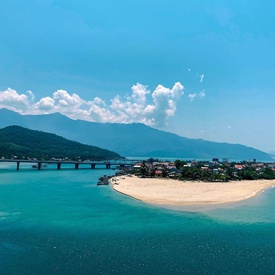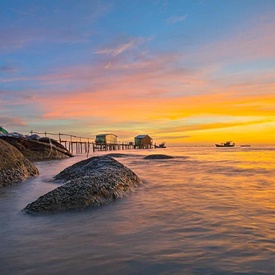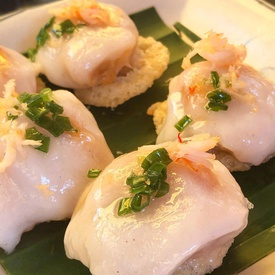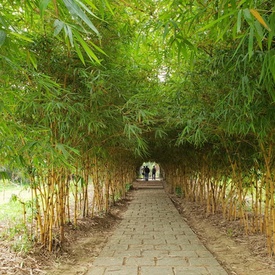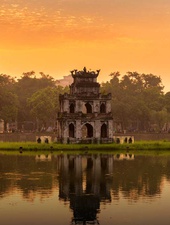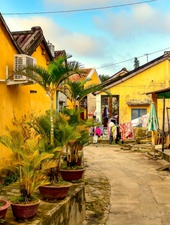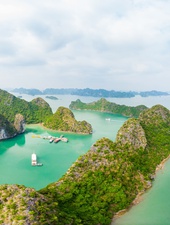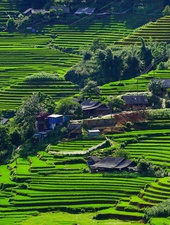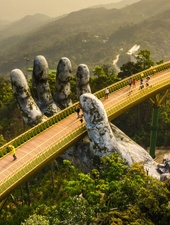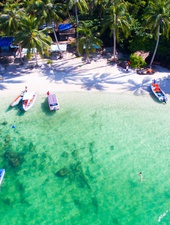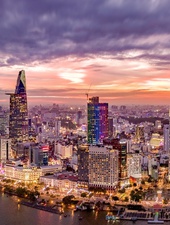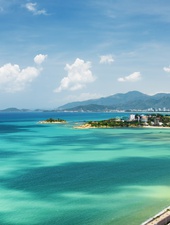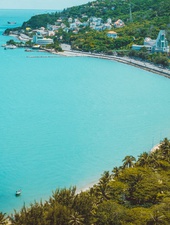Hue
Get lost in historic citadels and idyllic landscapes of the imperial city.
The Hue Difference
While many regions of Southeast Asia continue to evolve through rapid urbanization and cultural integration, Hue – Vietnam's former imperial capital – remains a proud bastion of rich history, atmospheric temples, and sublime royal palaces. Unique cultural traits here are largely unparalleled throughout the country. In addition to the exotic allure of the Imperial City, a UNESCO World Heritage site, Hue is renowned for its cultural heritage, including Nhạc Nhạc (Vietnamese court music), which is celebrated for its historical significance.
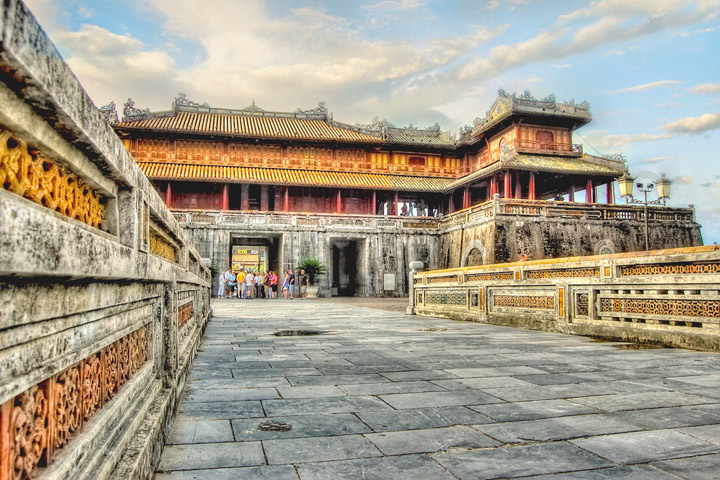 Imperial Citadel - Photo by @OhayTV
Imperial Citadel - Photo by @OhayTV
It is crucial to differentiate between Hue city and Thua Thien-Hue province. In conversation, when "Hue" is mentioned, it typically refers to Hue city itself. Situated in Vietnam’s central province of Thua Thien-Hue, Hue city is bordered by the more prominent city of Đà Nẵng to the south and the historically significant province of Quang Tri to the north. This article primarily focuses on Hue city while also highlighting notable attractions in other areas of Thua Thien-Hue province.
Best Time to Visit
Thua Thien-Hue experiences a tropical monsoon climate characterized by distinct wet and dry seasons. The dry season lasts from March to early August, while the monsoon period extends from late August to January. Given its 120 kilometers of coastline, the province is susceptible to severe storms from the East Sea, so travelers should exercise caution when visiting Hue from August to January.
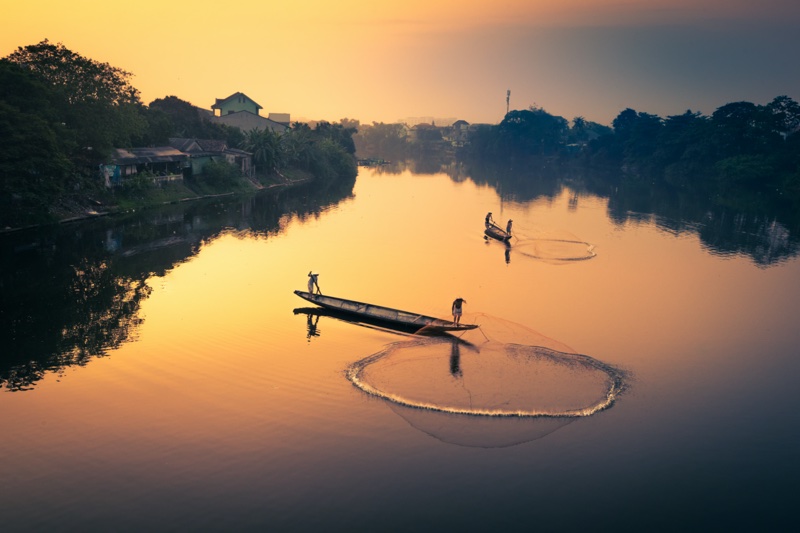 The best time to visit Hue is from January to March
The best time to visit Hue is from January to March
Hue experiences hot weather from early May through September, with temperatures soaring as high as 38 to 40 degrees Celsius in May and June. Conversely, from October to March, influenced by the Siberian anticyclone, average temperatures hover around 20 to 22 degrees Celsius, with lows dipping to 10 degrees Celsius. Therefore, January to March remains the most favorable time to visit Hue, featuring cool and dry conditions.
How to Get There
Air
Hue’s Phú Bài Airport connects the city with major Vietnamese destinations via direct domestic flights. Located centrally in Vietnam, it takes no more than 1.5 hours to fly to Hue from other parts of the country. Daily direct flights are available from Hanoi and Ho Chi Minh City. A round trip ticket generally costs VND 2,500,000 (approx. USD 105).
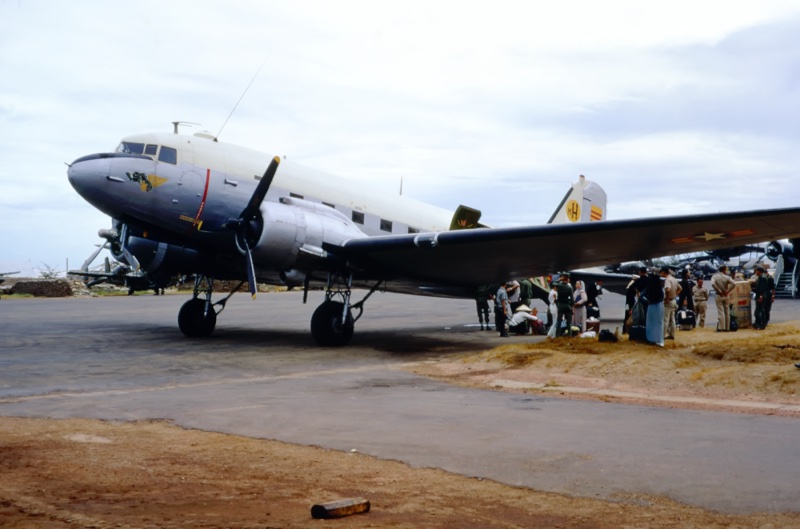 People waiting to board a plane at Phu Bai airport
People waiting to board a plane at Phu Bai airport
Railway
Travelers often opt for trains to reach Hue from Đà Nẵng. The journey lasts between 2 to 4 hours depending on the train service. Tickets are affordably priced at around VND 100,000 (about USD 4.30). The scenic route offers breathtaking views of Vietnam’s coast and Lang Co Bay, which is celebrated as one of the world's most picturesque bays.
 Aerial view of the train and railway on Hai Van Pass, Bach Ma mountain, Hue
Aerial view of the train and railway on Hai Van Pass, Bach Ma mountain, Hue
Car/Motorbike
Hue is easily accessible by car and motorbike; however, it's worth noting that the roads in the city center can be narrow and less accommodating for larger vehicles.
Where to Stay
Although Hue is less developed compared to Đà Nẵng and less saturated with tourists than Hội An, it offers a range of high-quality accommodation options. Luxurious boutique hotels such as Indochine Palace Hue, known for its architectural elegance, VinPearl, a well-respected brand in Vietnam, and Azerai La Residence, a colonial-style villa along the Hương River, provide exceptional experiences.
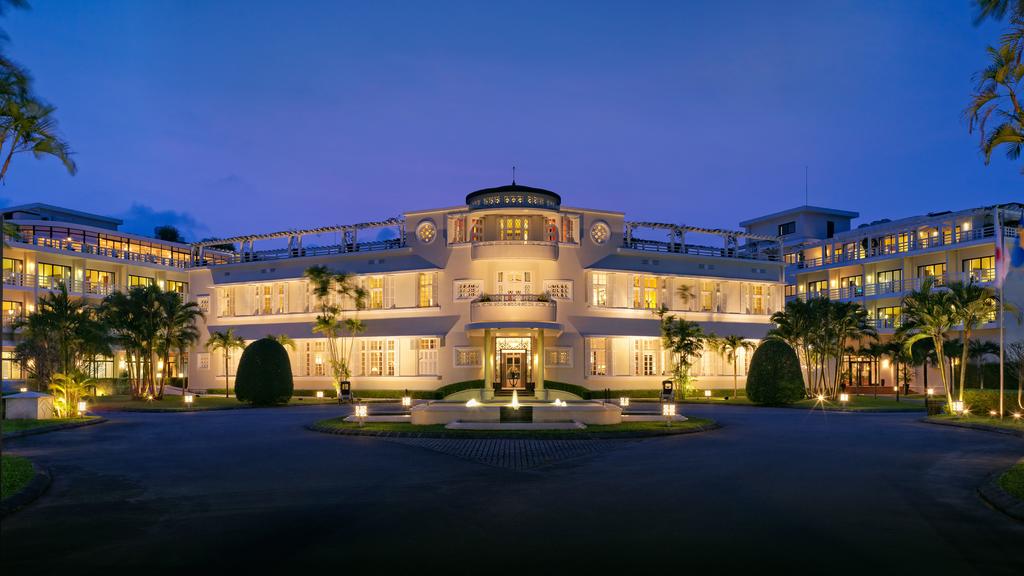 Azerai La Residence
Azerai La Residence
For budget travelers, several 3-star hotels are available in the city center, priced around VND 1,200,000 (~USD 50) per night, alongside smaller guesthouses ranging from VND 200,000 (~USD 9) to VND 500,000 (~USD 22). Additionally, the rise of platforms like Airbnb has diversified lodging options in Hue, with numerous serviced apartments available for rent.
Places to Visit
The Complex of Hue Monuments
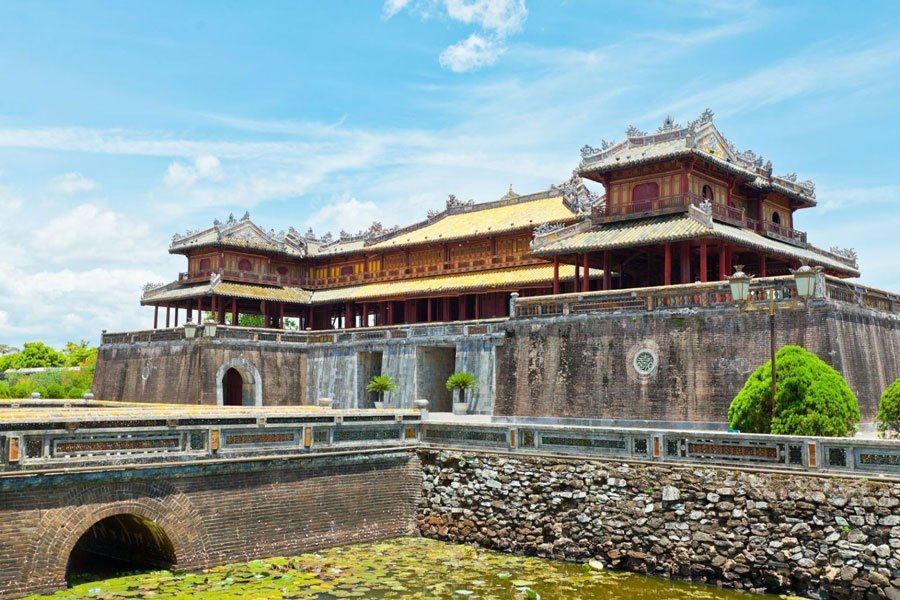 The Complex of Hue Monuments
The Complex of Hue Monuments
Located along the scenic banks of the Hương River, the Complex of Hue Monuments is an imperial palace complex at the heart of Hue. Recognized as a UNESCO World Heritage site in 1993, it boasts rich architectural and historical significance. Among its many features, the iconic Ngo Mon gate stands out as a key highlight, once serving the royal family and their attendants.
A stroll through this atmospheric site delivers a journey through Vietnam's storied past and is a must-visit location. Remember to bring plenty of water and wear comfortable shoes!
Khai Dinh Mausoleum
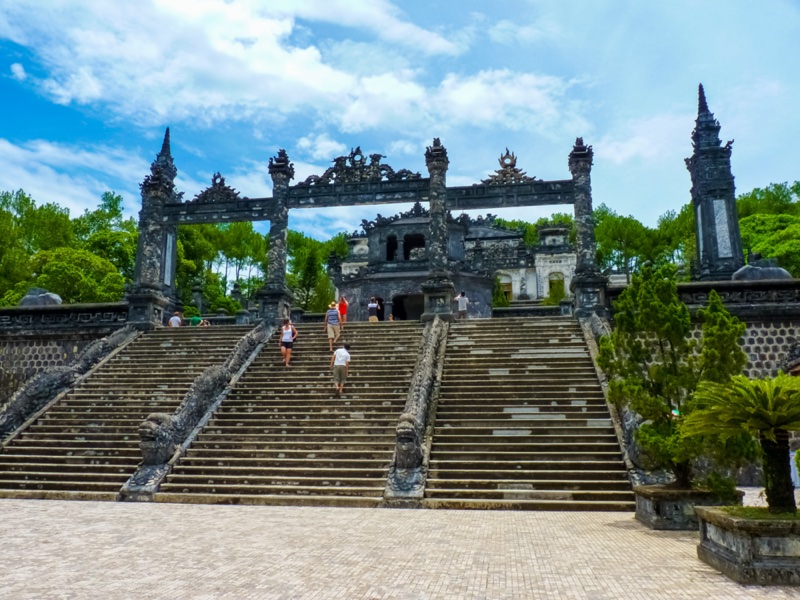 Khai Dinh Mausoleum with the Mandarin honor guard in Hue
Khai Dinh Mausoleum with the Mandarin honor guard in Hue
Continuing the legacy of the Nguyễn dynasty, several kings opted to be interred in Hue, believing the area possessed favorable feng shui. Among its mausoleums, Khải Định mausoleum shines as the most stunning, showcasing a blend of Eastern and Western architectural styles, reflective of Emperor Khải Định's artistic inclinations.
Minh Mang Mausoleum
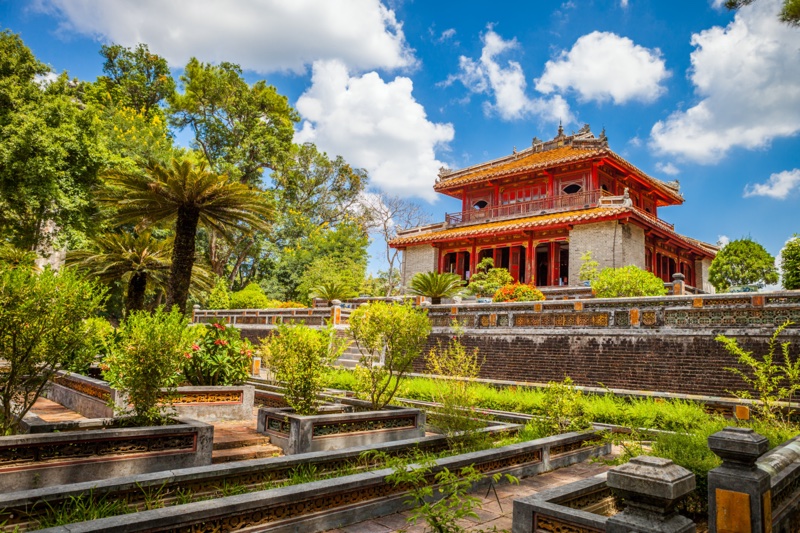 Minh Mang Mausoleum
Minh Mang Mausoleum
Another notable mausoleum is Minh Mạng mausoleum, distinguished by its traditional Eastern architecture inspired by Confucian ideals. Nestled on Cam Khe mountain at the confluence of Ta Trach and Huu Trac rivers, this peaceful site adds to the rich historical tapestry of Hue.
Thien Mu Pagoda
Regardless of one's religious affiliations, the Thiên Mụ Buddhist Pagoda deserves a spot on any travel itinerary. Renowned for its architectural beauty and spiritual significance, the pagoda has inspired countless Vietnamese artists, poets, and writers. The Phước Duyên stupa stands as a striking symbol of Hue, exemplifying traditional Mahayana Buddhist cosmology intertwined with Taoist influences.
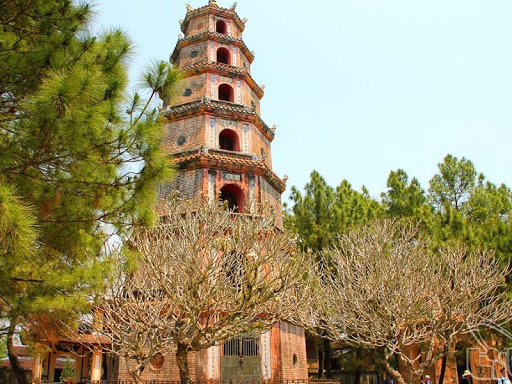 Photo: dulichhue.com.vn
Photo: dulichhue.com.vn
Hue High School for the Gifted (Quoc Hoc Hue)
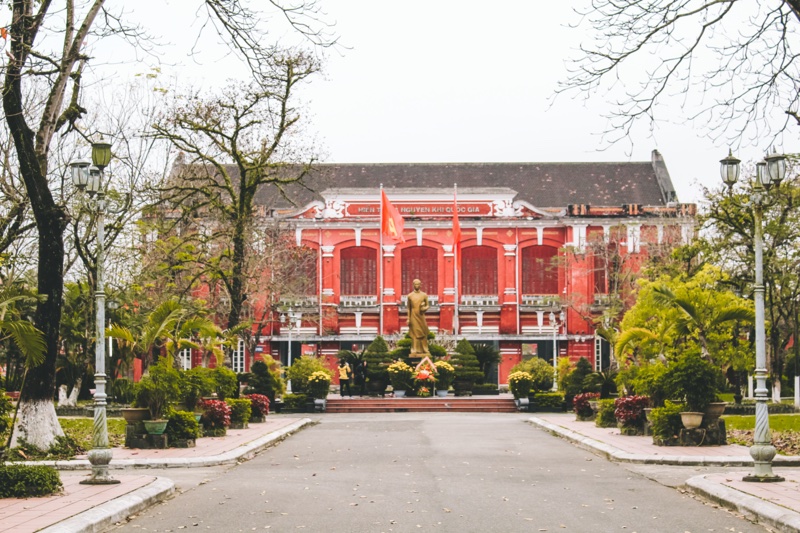 Campus of Hue High School for the Gifted
Campus of Hue High School for the Gifted
While visiting a school during a vacation might not be the first thought that comes to mind, Hue High School for the Gifted is worth your consideration. With its picturesque campus lined with trees, benches, and colonial architecture, the school evokes nostalgia and represents one of the largest educational institutions in Vietnam.
For a complete list of attractions, refer to Hue attractions.
Food to Try
The culinary landscape of Vietnam is diverse, divided into three regional cuisines: Northern, Central, and Southern Vietnamese cuisine. The cultural roots of Hue significantly influence the Central Vietnamese culinary tradition.
Hue's culinary style emphasizes intricately prepared dishes that reflect the preferences of historic royal families, characterized by strong, aromatic flavors with a spicy touch. A prime example is bun bo Hue (Hue-style beef noodles), which showcases culinary sophistication. Attention to detail through the use of beneficial ingredients is a hallmark of this dish.
Alongside bun bo Hue, bánh lọc (tapioca dumplings) stands out as a popular Hue specialty. These small, chewy dumplings are filled with shrimp and pork belly, served with a light fish sauce. Each dumpling is usually priced around VND 2,000 (approx. USD 0.09). Another must-try is bánh xèo, a savory pancake filled with various ingredients (pork, shrimp, and bean sprouts) mixed with turmeric batter. This version is smaller, thicker, and crispier than its Mekong Delta counterpart, complemented by a sophisticated peanut sauce that adds delightful aroma.
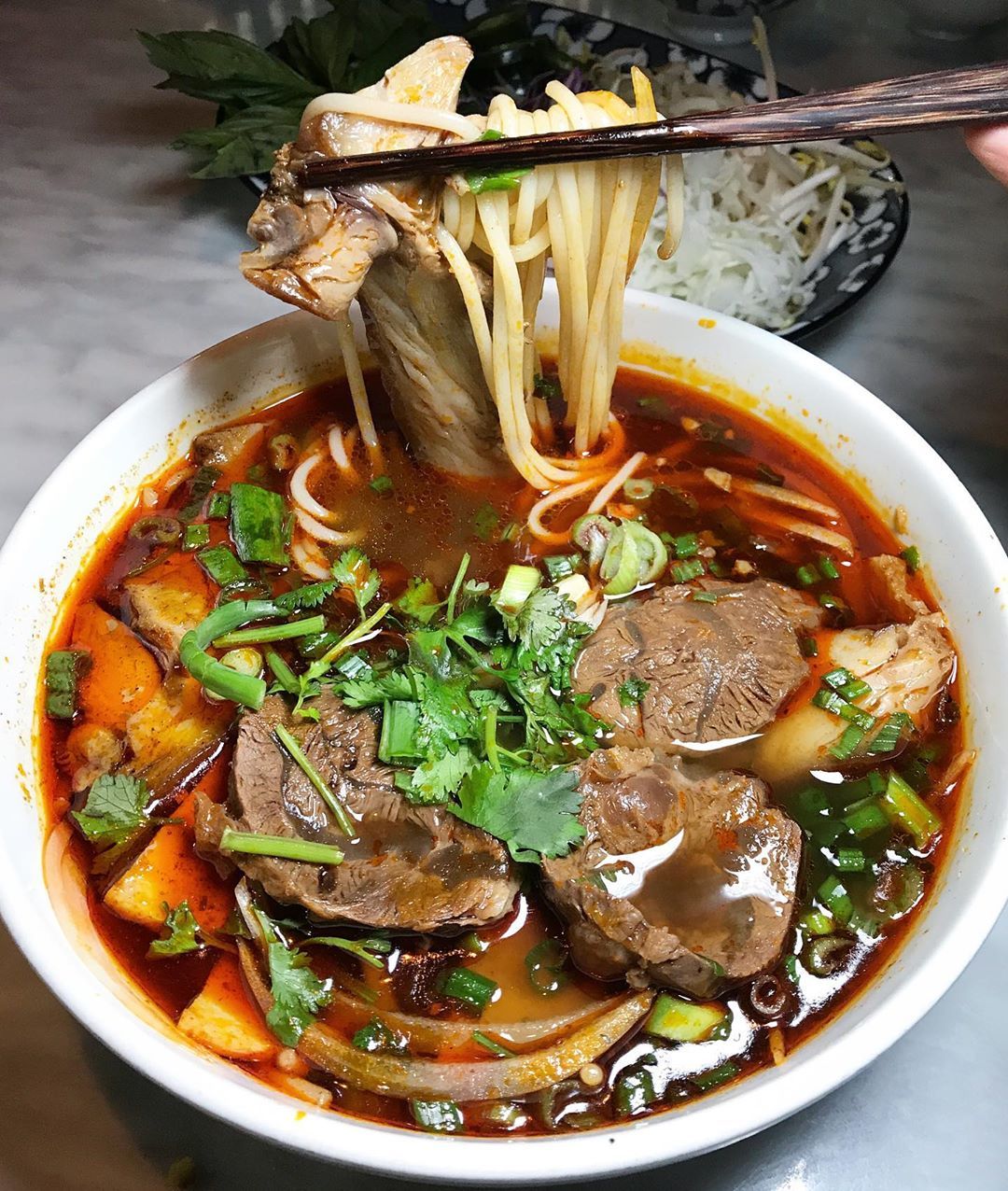 Photo: nem-vn.net
Photo: nem-vn.net
Last but not least, no visit to Hue is complete without sampling chè cung đình (royal dessert). Believed to have been favored by members of the royal family, this dessert differs from the sweeter variations found in the Mekong Delta region, featuring lighter flavors typically without coconut milk. The most popular types include chè nhãn lồng hạt sen (lotus seed wrapped in longan flesh) and chè bột lọc heo quay (roasted pork in tapioca). These exquisite desserts are surprisingly affordable, costing around VND 15,000 (approx. USD 0.65) per serving.
| 23°C | ||
| Humidity | 92% | |
| Wind | 7.4 km/h | |
| Sunrise | 23:11 | |
Popular Attractions
Seasonal Guides
Best Of Hue
See, Eat, Sleep, Shop, Stay - The Best of Hue
Frequently asked questions
What is the open time for Hue's citadel?
Knowing the opening hours of attractions is essential for planning your visit effectively. Here are the current times for your reference:
Summer Hours: 6:30 AM to 5:30 PM
Winter Hours: 7:00 AM to 5:00 PM
What food to try while in Hue?
Hue is a culinary paradise teeming with iconic local specialties. Here are the must-try dishes you can find throughout the city:
- Bun Bo Hue
- Hue Rice Dumplings: Banh Beo (Savory Rice Cake), Banh Nam (Steamed Rice Cake), Banh Loc (Savory Tapioca Dumpling)
- Com Hen and Bun Hen (Baby Clams with Rice or Noodles)
- Bun Thit Nuong (Grilled Pork Noodles)
- Nem Lui (Lemongrass Pork Skewers)
Check out our 5 must-try delicacies in Hue.
What are the most famous attractions in Hue?
When visiting Hue, don't miss its rich history, stunning pagodas, and picturesque scenery. Here are our top recommendations for must-see attractions:
- Hue Imperial City
- Thien Mu Pagoda
- Royal Tombs: Tomb of Tu Duc, Tomb of Khai Dinh, Tomb of Minh Mang
- Perfume River
- Lang Co Beach
- Thanh Toan Bridge
How to get to Hue Airport?
Phu Bai Airport is located 15 km from the city center, and there are two popular transportation options: taxi/private car or bus. Taking a taxi or private car is faster and more comfortable, while the bus is a budget-friendly choice at about VND 50,000 per person. Keep in mind that you might experience longer wait times for the bus.


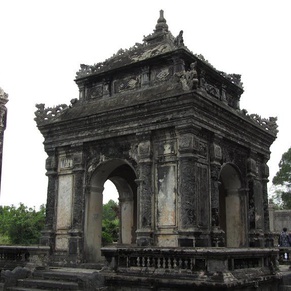 Dong Khanh Tomb
Dong Khanh Tomb
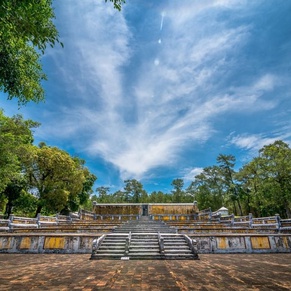 Gia Long Tomb
Gia Long Tomb
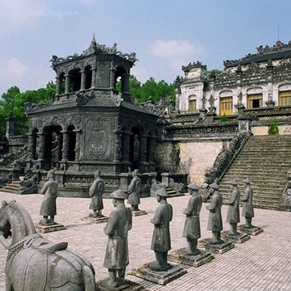 Khai Dinh Tomb
Khai Dinh Tomb
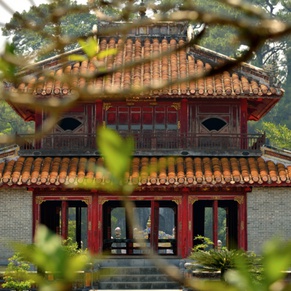 Minh Mang Tomb
Minh Mang Tomb
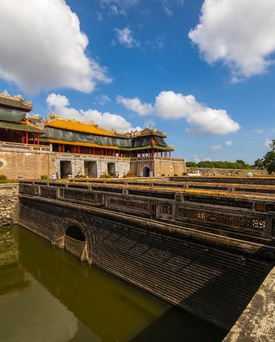 Hue in January
Hue in January
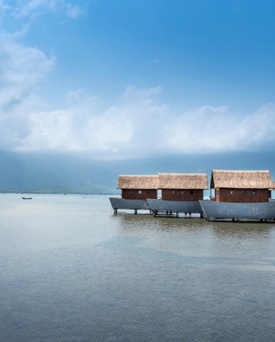 Hue in February
Hue in February
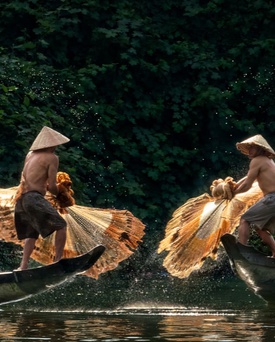 Hue in March
Hue in March
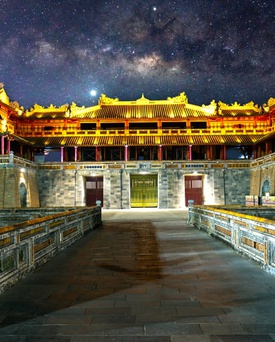 Hue in April
Hue in April
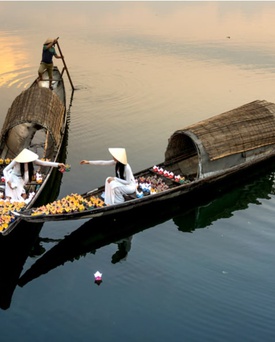 Hue in May
Hue in May
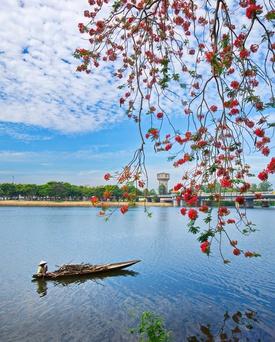 Hue in June
Hue in June
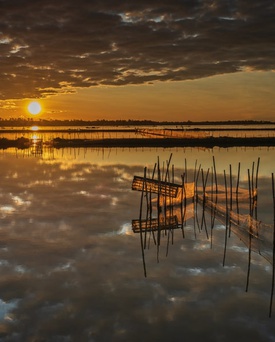 Hue in July
Hue in July
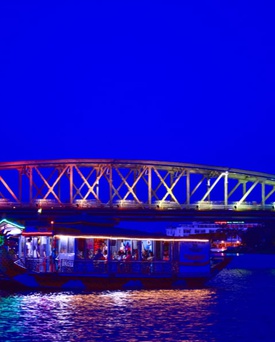 Hue in August
Hue in August
 Hue in September
Hue in September
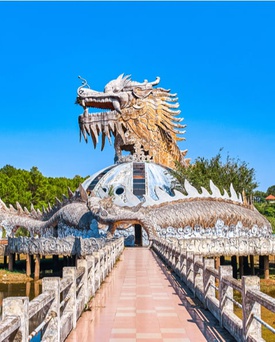 Hue in October
Hue in October
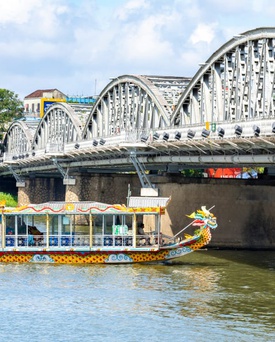 Hue in November
Hue in November
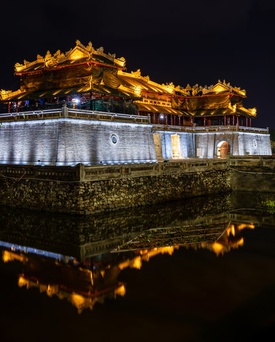 Hue in December
Hue in December
